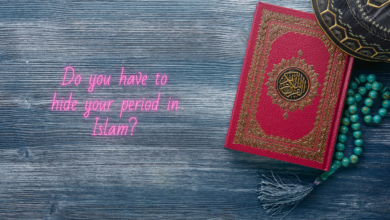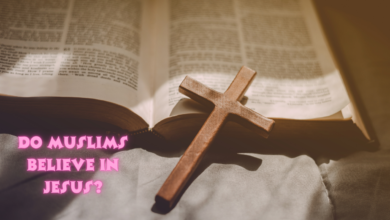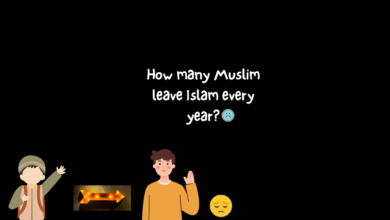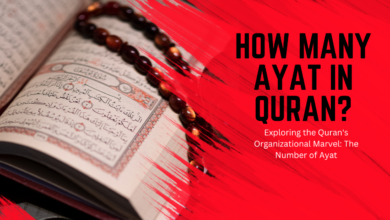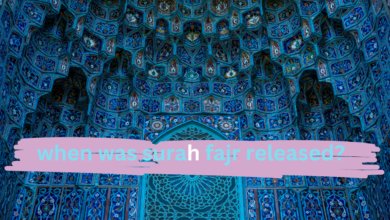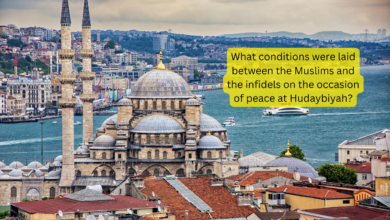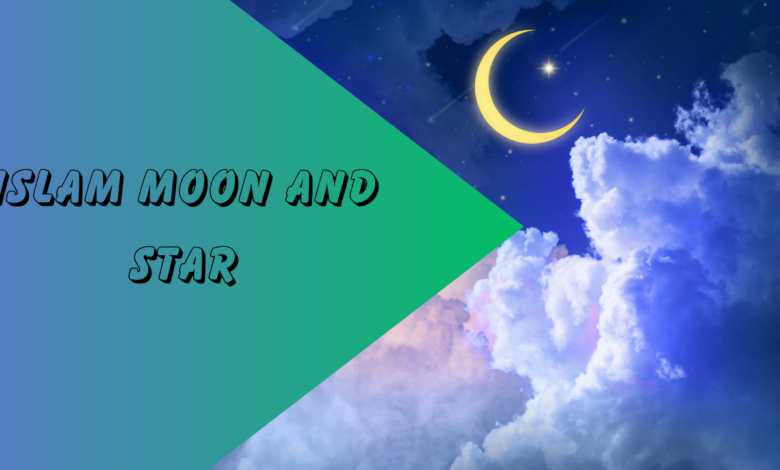
Islam moon and star
The crescent moon and star are often associated with Islam, but they are not religious symbols prescribed by Islamic teachings. They have historical and cultural significance in some Muslim-majority countries and are used on flags or as decorative motifs.
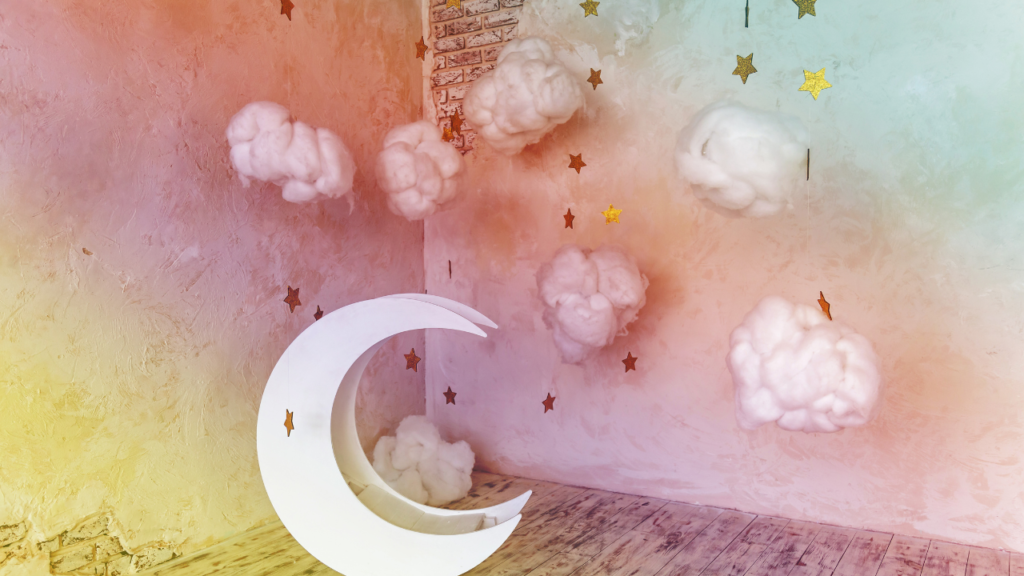
Introduction
One of the most recognizable symbols associated with Islam is the crescent moon and star. This iconic emblem graces the flags of several Muslim-majority countries and is often seen adorning mosques, minarets, and various Islamic art forms. While the crescent moon and star hold no religious significance in Islamic theology, their cultural and historical significance within the Muslim world is profound. In this article, we will delve into the origins, symbolism, and cultural significance of the crescent moon and star in Islam.
Origins of the Symbol
The origins of the crescent moon and star symbol in Islam are somewhat unclear. It is important to note that this symbol is not a religious one ordained by Islamic doctrine but rather a cultural and historical emblem that has evolved over time. It is believed to have been adopted during the early days of the Ottoman Empire, around the 14th century.
Some theories suggest that the Ottomans inherited the crescent moon and star from the Byzantine Empire, which had a long history of using celestial symbols in its iconography. The crescent moon may have been chosen as it was already associated with the lunar Islamic calendar, which determines the timing of Islamic religious events. The star, on the other hand, could have represented divine guidance and light.
Also Check
- Islam map
- What conditions were laid between the Muslims and the infidels on the occasion of peace at Hudaybiyah?
- Is Islam Arabic?
- Why did Prophet Muhammad (PUBH) marry Hazrat Khadijah?
- Which is the companion of Hazrat Muhammad (PBUH) who was with you the most during the wars?
Symbolism in Islamic Culture
While the crescent moon and star have no religious significance within Islam itself, they have taken on various symbolic meanings within Islamic culture and art:
- Cultural Identity: For many Muslim-majority countries, the crescent moon and star are emblematic of their cultural and national identity. Flags featuring this symbol often serve as a unifying symbol for diverse populations bound by a common faith.
- Lunar Calendar: The crescent moon is used to mark the beginning of the Islamic months, including Ramadan, the holy month of fasting. This lunar calendar plays a crucial role in determining religious observances and rituals.
- Guidance and Light: The star is often seen as a symbol of divine guidance and light, representing the spiritual path that Muslims should follow in their lives.
- Historical Legacy: The use of the crescent moon and star is a nod to the historical legacy of the Islamic world, particularly during the height of the Ottoman Empire, which was a powerful and influential force for centuries.
- Artistic Expression: The crescent moon and star are frequently incorporated into Islamic art, architecture, and calligraphy, adding aesthetic value to various forms of cultural expression.
Misconceptions and Controversies
It’s important to note that the crescent moon and star have faced controversies and misconceptions, often tied to misunderstandings about their religious significance. Some critics and conspiracy theorists have wrongly claimed that the symbol represents a hidden agenda or a connection to ancient pagan religions. However, such claims are not supported by historical or scholarly evidence.
Conclusion
The crescent moon and star in Islam are symbols that have evolved over time to hold cultural and historical significance rather than religious meaning. They serve as powerful symbols of unity, identity, and the rich historical legacy of the Islamic world. Understanding the origins and symbolism of these icons can provide valuable insights into the complex tapestry of Islamic culture and history.
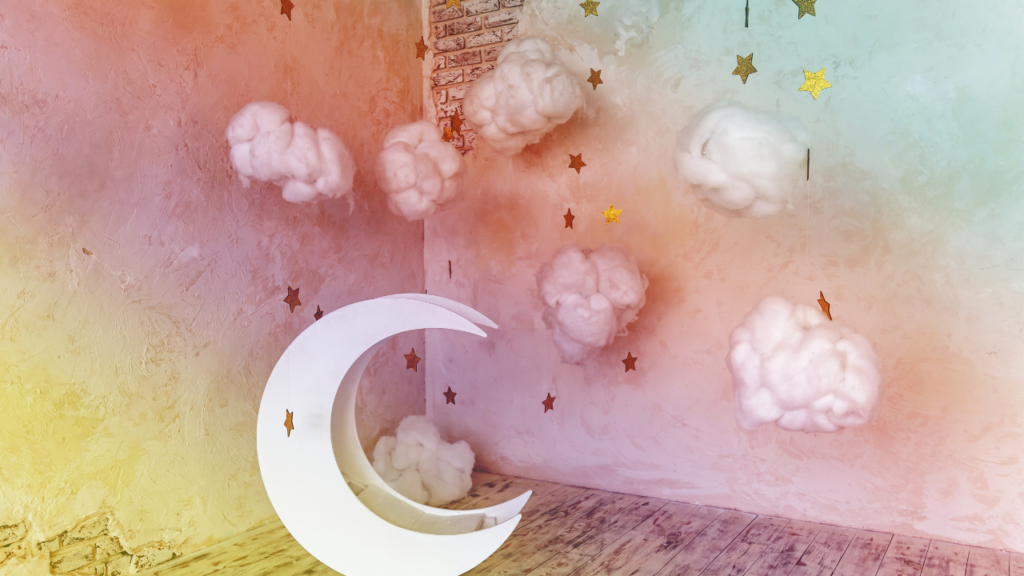
(FAQs) About Islam, the Moon, and the Star:
What is the significance of the crescent moon and star in Islam?
The crescent moon and star are often associated with Islam, but they are not religious symbols prescribed by Islamic teachings. They have historical and cultural significance in some Muslim-majority countries and are used on flags or as decorative motifs.
Do the crescent moon and star have any religious meaning in Islam?
No, these symbols do not have a religious meaning in Islam. Islam’s primary symbols are the Shahada (the Islamic declaration of faith) and the Quranic calligraphy, which is often used for artistic and decorative purposes.
Why is the crescent moon used to determine the start of Islamic months?
The Islamic calendar is lunar-based, and the sighting of the crescent moon marks the beginning of a new month. This practice aligns with the lunar calendar followed during the time of the Prophet Muhammad.
Are there any Islamic rituals or practices associated with the moon and stars?
Islamic rituals are not directly associated with the moon and stars. However, the lunar calendar is used to determine the timing of Islamic months and important events, such as Ramadan and Hajj.
Is the crescent moon and star mentioned in the Quran or Hadith (sayings of the Prophet Muhammad)?
No, the crescent moon and star are not mentioned in the Quran or Hadith as religious symbols or objects of worship. Islamic teachings emphasize the oneness of God (Tawhid) and do not endorse the use of such symbols.
Why are the crescent moon and star often seen on the flags of some Muslim-majority countries?
The use of the crescent moon and star on flags is more of a historical and cultural choice by certain Muslim-majority countries. It often reflects their unique historical and regional identities rather than religious symbolism.
Are there any religious objections to using the crescent moon and star in Islamic context?
Some scholars and Muslims may object to the use of the crescent moon and star in Islamic contexts if they believe it promotes non-Islamic cultural or religious influences. However, opinions on this matter can vary widely.
What are some common misconceptions about the crescent moon and star in Islam?
One common misconception is that these symbols are religiously mandated in Islam, which is not the case. Additionally, some people may mistakenly associate them with all Muslim cultures, when in reality, their use is limited to certain regions.
Is there a specific Islamic perspective on the symbolism of the crescent moon and star?
Islam, as a religion, does not assign any specific religious meaning to these symbols. However, individual Muslims and cultures may interpret them in various ways.
Are there other symbols or imagery in Islam that hold religious significance?
Yes, calligraphy of Quranic verses, the Kaaba in Mecca, the minaret, and the dome are examples of Islamic symbols and architecture that hold religious significance and are used in Islamic art and culture.
